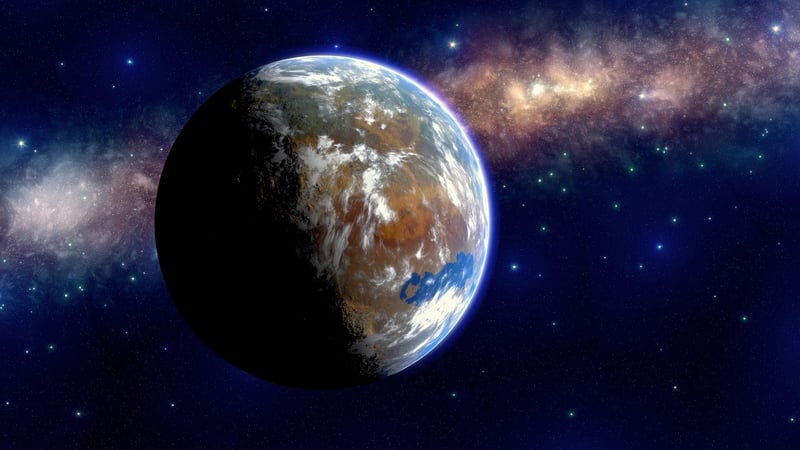Exoplanet Discovery
Exploring the Vast Universe and Exoplanet Discoveries

Welcome to the mesmerizing world of astronomy where we delve into the vast universe and unravel the mysteries of exoplanets beyond our solar system. The universe, with its billions of galaxies, stars, and planets, presents a canvas for exploration and discovery.
The Universe: A Cosmic Wonderland
Our universe is a vast expanse filled with galaxies, nebulae, black holes, and more. From the mesmerizing beauty of the Orion Nebula to the supermassive black hole at the center of our galaxy, the universe never fails to astound us with its wonders.
Exploring Exoplanets
Exoplanets are planets that orbit stars outside our solar system. These distant worlds come in various sizes and compositions, offering insights into the diversity of planetary systems in the universe.
Methods of Exoplanet Discovery
- Transit Method: Scientists observe the slight dimming of a star's light as an exoplanet passes in front of it.
- Radial Velocity Method: Detection of exoplanets by measuring the wobble of a star caused by the planet's gravitational pull.
- Direct Imaging: Imaging exoplanets by blocking out the light of their host stars.
- Gravitational Microlensing: Observing the bending of light from a background star due to the presence of an exoplanet.
Notable Exoplanet Discoveries
- TRAPPIST-1 System: A system with seven Earth-sized planets, three of which are in the habitable zone.
- Kepler-452b: An Earth-like planet located in the habitable zone of a Sun-like star.
- HD 189733b: A blue exoplanet with high-speed winds and raining glass.
As we continue to advance our technology and observational methods, the discovery of exoplanets will further deepen our understanding of the universe and the potential for life beyond Earth.

Join us on this captivating journey as we explore the universe and witness the marvels of exoplanet discoveries that expand our horizons and ignite our curiosity about the cosmos.
